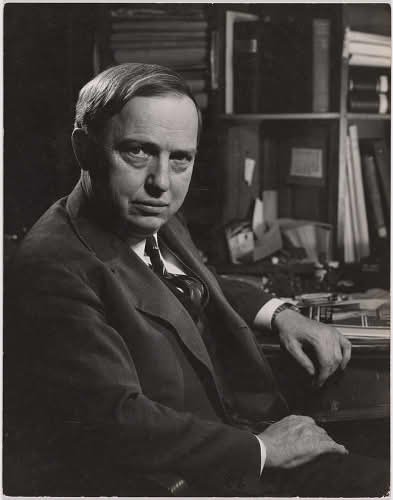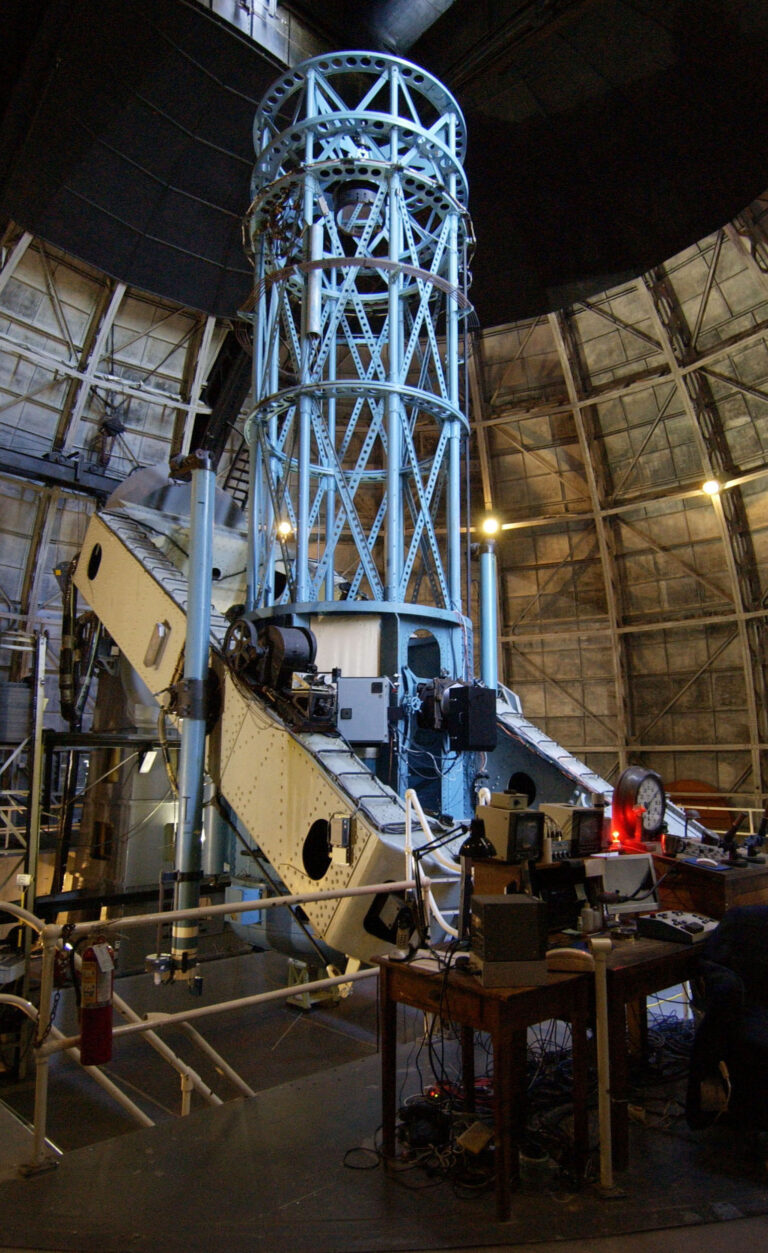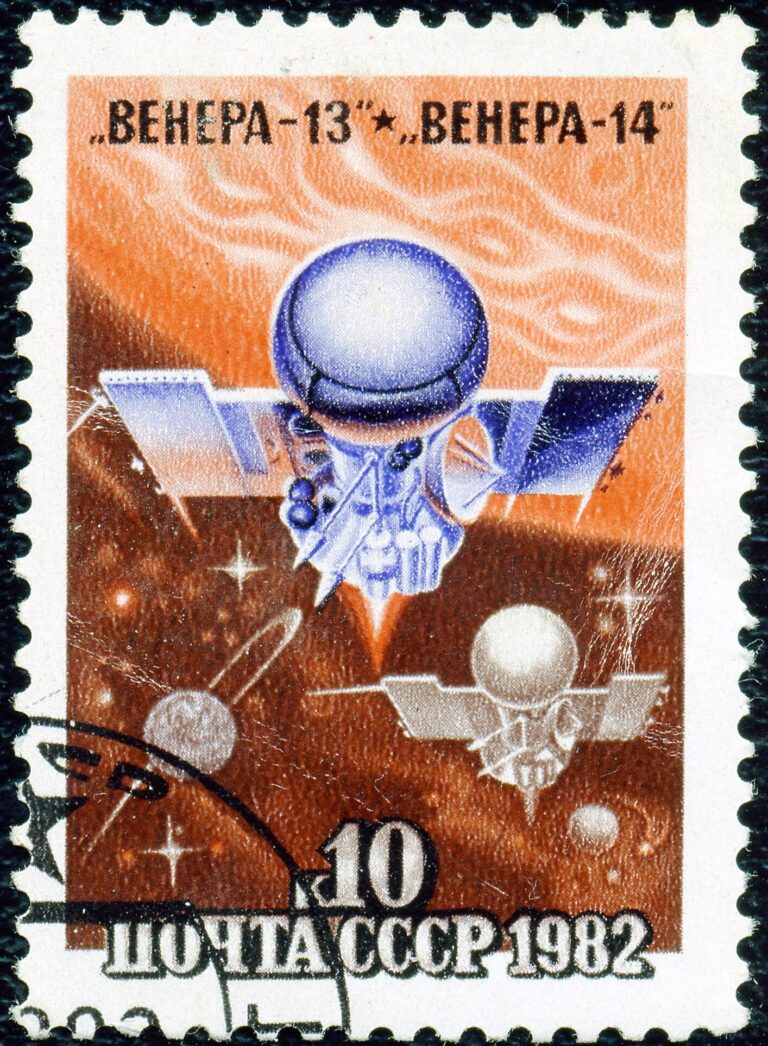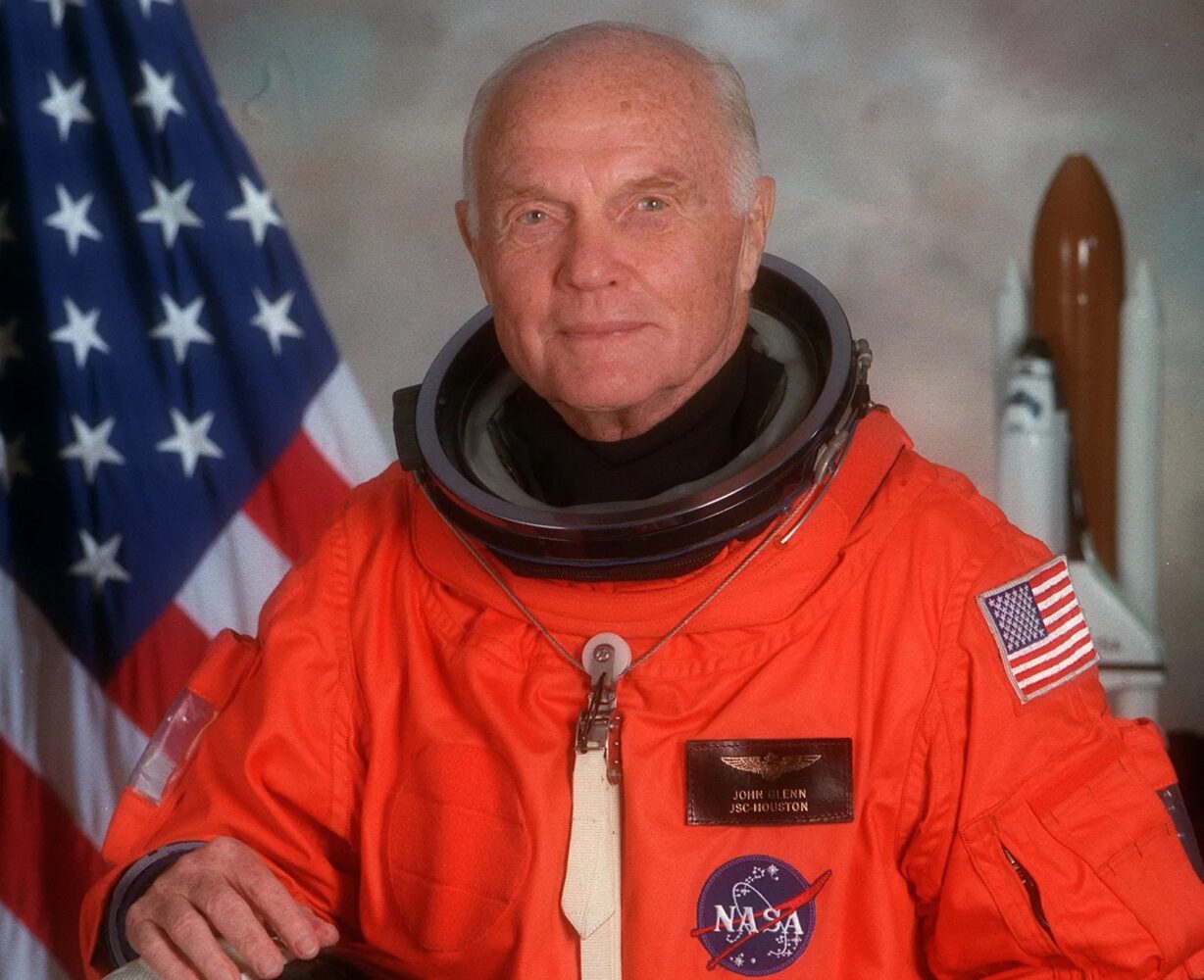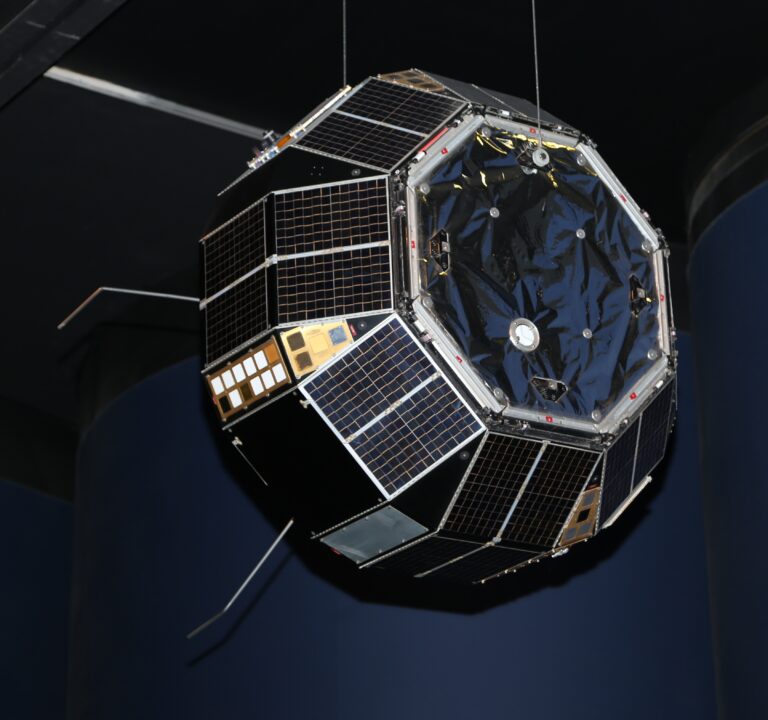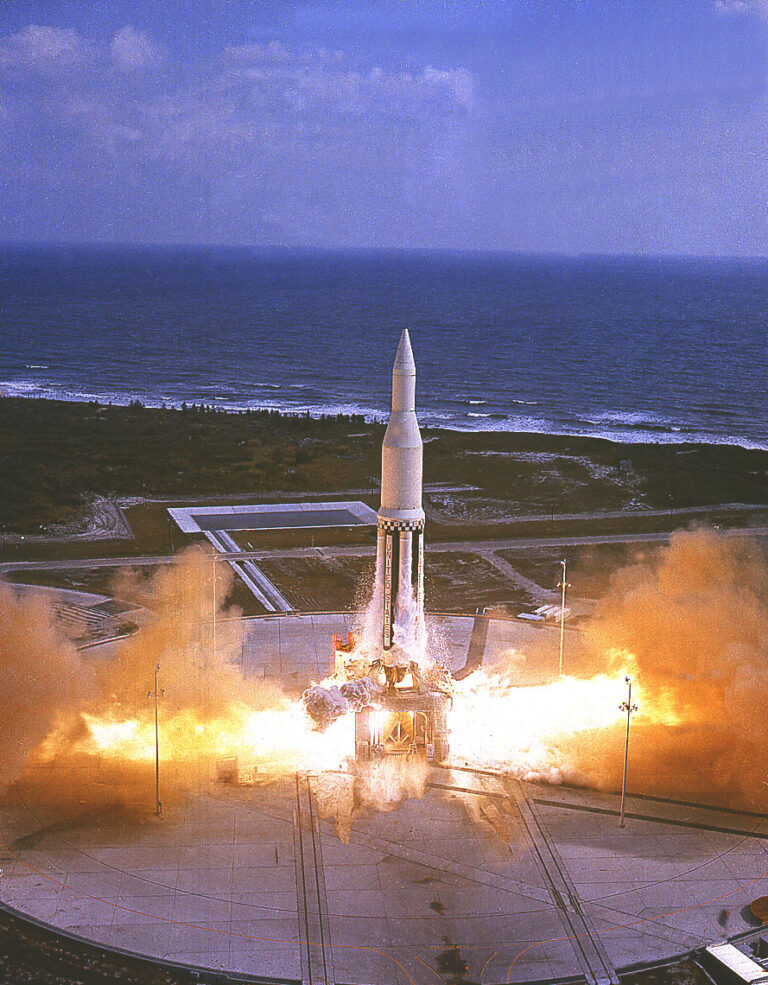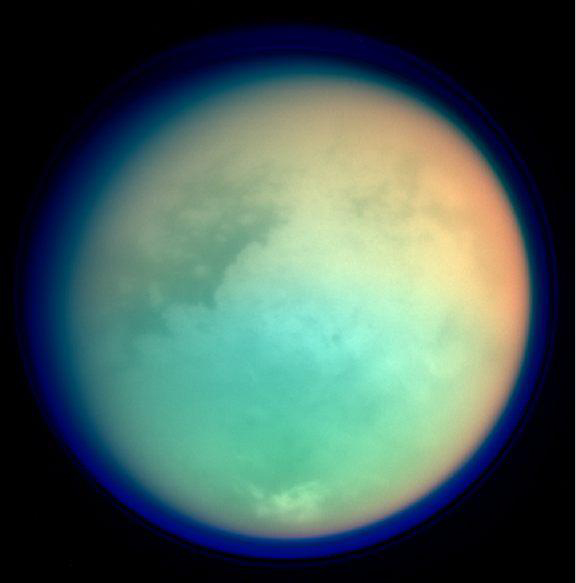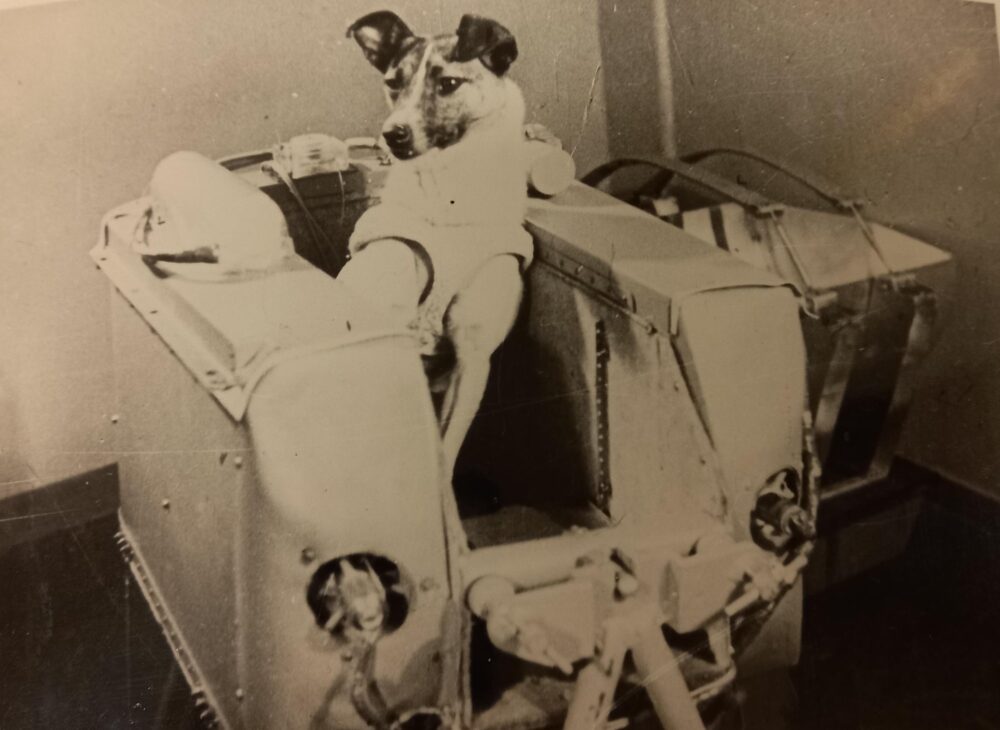
Key Takeaways:
- Sputnik 2 was launched by the Soviets shortly after Sputnik 1, with its rapid preparation intended to sustain propaganda momentum and align with the 40th anniversary of the Bolshevik Revolution.
- This mission notably carried the mixed-breed dog Laika, marking the first time a living animal was sent into Earth orbit.
- Laika, a trained stray, transmitted data via electrodes for research into the biological effects of space travel; her death a few hours after takeoff was an expected outcome due to unrecoverable life-support systems.
- Sputnik 2 reentered the atmosphere and burned up in 1958 after its batteries died the previous year, with Laika later commemorated by a statue erected in Moscow in 2008.
Less than a month after the launch of Sputnik 1, the Soviets launched Sputnik 2. The mission was readied quickly in order to keep the propaganda momentum from Sputnik 1 and to coincide with the 40th anniversary of the Bolshevik Revolution.
Carrying mixed-breed dog Laika, Sputnik 2 was also the first to carry a living animal to Earth orbit. A small stray from the Moscow streets, Laika had undergone training to help her become accustomed her to the close quarters and gravity changes. Electrodes attached to the dog sent data back to Earth, for future research into the biological effects of space travel. Unfortunately, Laika died a few hours after takeoff – always the expected outcome of the mission, as the life-support systems on Sputnik 2 were imperfect and there was no plan for recovering the satellite or its passenger after launch. Sputnik 2 burned up on reentry in 1958, after its batteries died the previous year. In 2008, a statue commemorating Laika was erected in Moscow.

